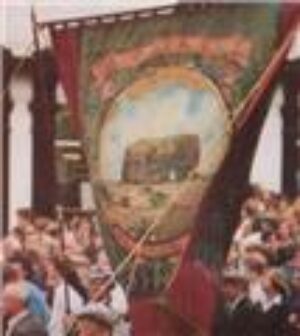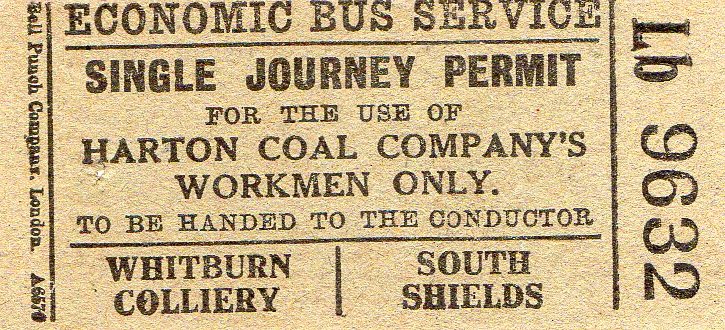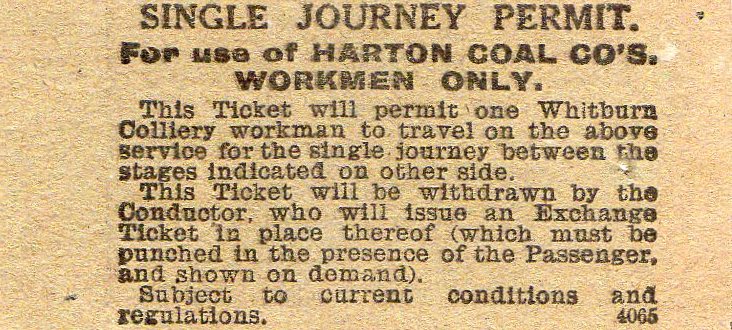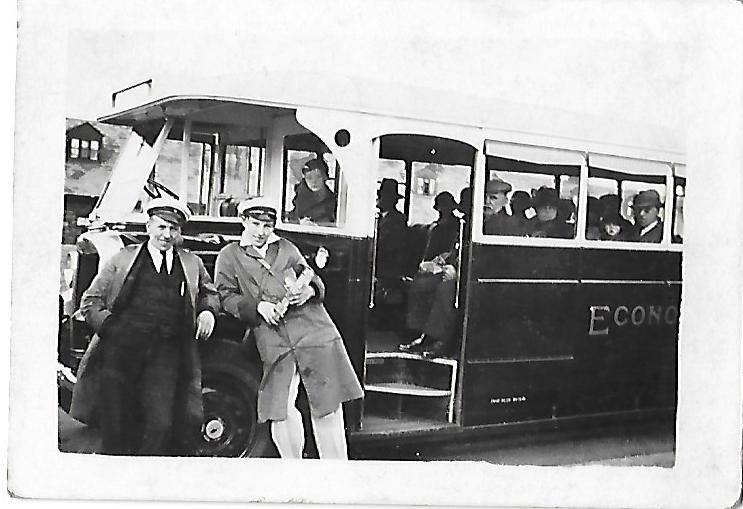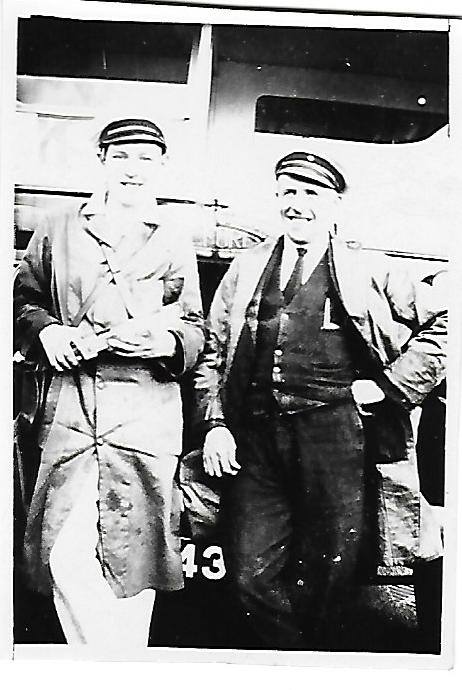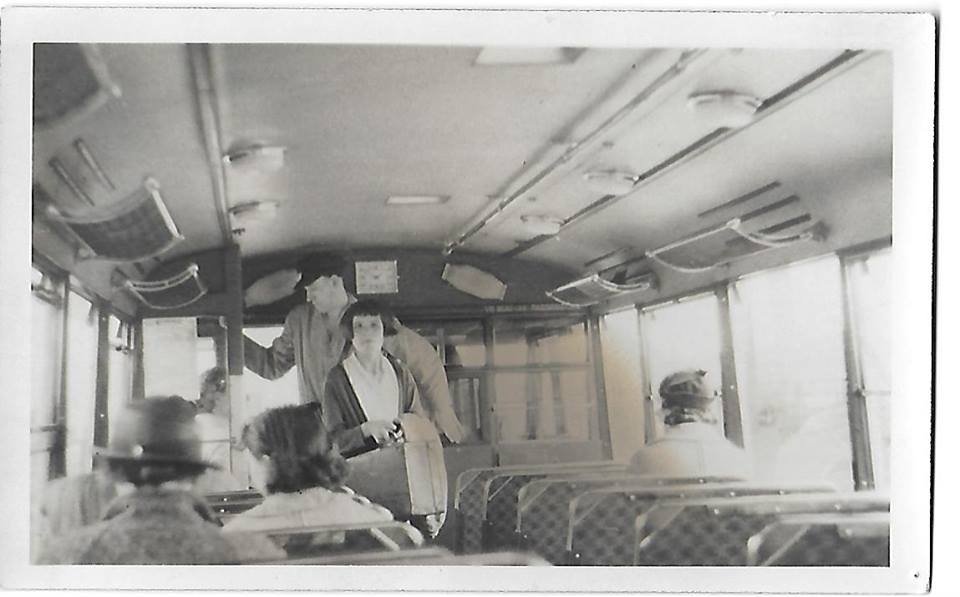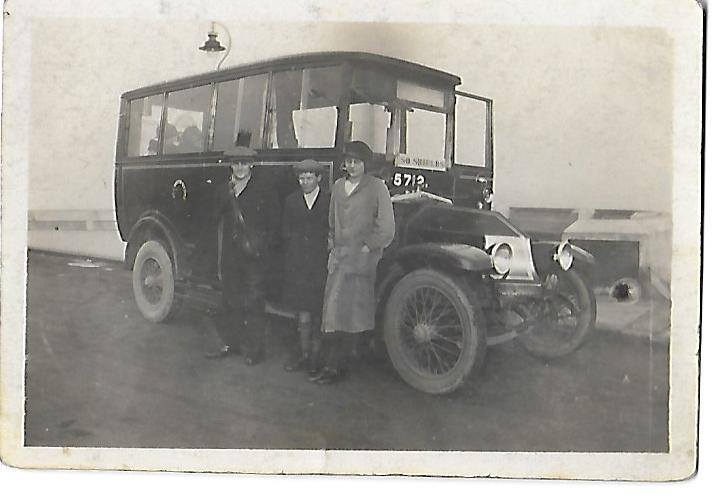The Economic Bus Company
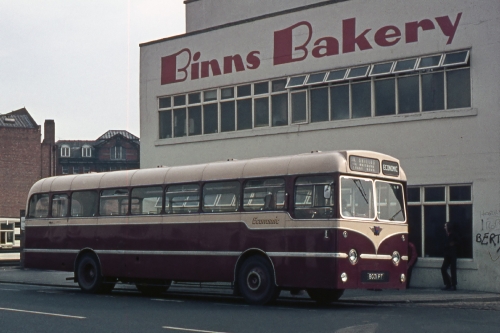
In 1925 the Economic buses began operating in Whitburn. The two partners who created the company were G R Anderson and A W Wilson. This was not their first venture, both men had commenced their first independent bus service in West Stanley some sixteen miles from Whitburn.
It was at the beginning of 1925 that both men decided to leave their jobs with Northern General at its bus garage in Stanley and have a go themselves. A daily service began between Stanley and Chester-le-Street, Anderson purchasing a 12 – seat Siddeley-Deasy, converted from a 1914 – 1918 ambulance. Wilson operated a 14 seat Reo Speedwagon.
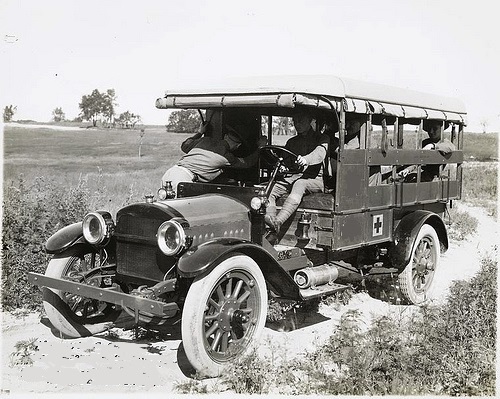
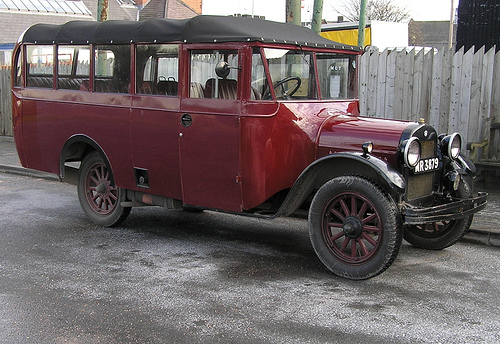
After only a short while Wilson’s Reo was involved in a accident whilst on a private outing to Whitburn. This turned out to be a fortunate affair for Anderson and Wilson. Whilst in Whitburn, Wilson saw the potential to start a good reliable bus service despite the area already being served by small owner-driver vehicles. On returning to Stanley, Wilson mentioned this to Anderson and both men returned to Whitburn a carry out a feasibility study. Following this visit they successfully applied for a licence from South Shields rural district council.
In the meantime Wilson had acquired another Reo to replace one which had been involved in the accident, which was believed to be a total write off. However it was found the crashed Reo could be repaired and so in July 1925, the Economic bus company was formed. Anderson operated his converted ambulance and Wilson his two Reo 14 seaters. Both partners entered into a gentleman’s agreement to share the receipts from their first service between Whitburn and the Sea Lane tram terminus, this being the Sunderland boundary at the time. The same route was being worked by a Mr Puncheon using converted 6-seat Model T Fords.
In 1926 both partners purchased further Reo buses both 14 and 20 seaters which continue to have the edge over Puncheon’s smaller vehicles and who eventually in 1927 gave way to the bigger operator. In order to concentrate on their Whitburn operations, it was decided to abandon the Stanley – Chester-le-Street service by the end of 1927.
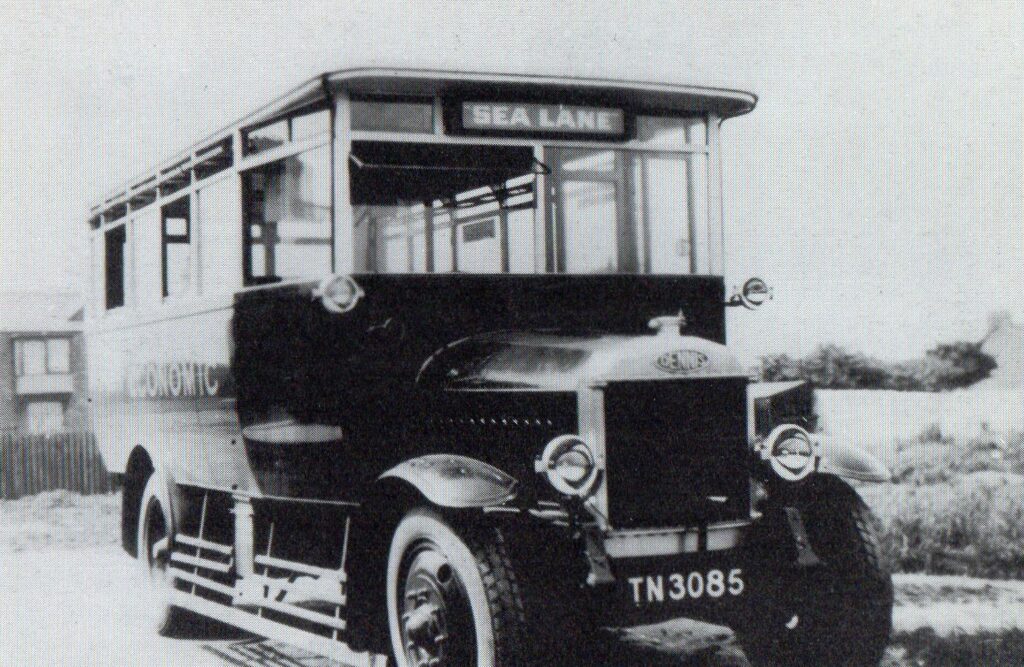
The Economic service was extended to Monkwearmouth Station just across the bridge from Sunderland town centre. The service was also extended in the opposite direction to Marsden. The service travelled up the old toll road owned by the Harton Coal Company. However the toll was only paid on one day of the year, this was to stop the road becoming a public right of way. Eventually the service was extended to South Shields and in 1929 extended to Park Lane in Sunderland.
Also in 1929 the new coastal road opened and gave the Economic two routes into South Shields the coastal route and the inland route (known locally as the coast and the high road routes).
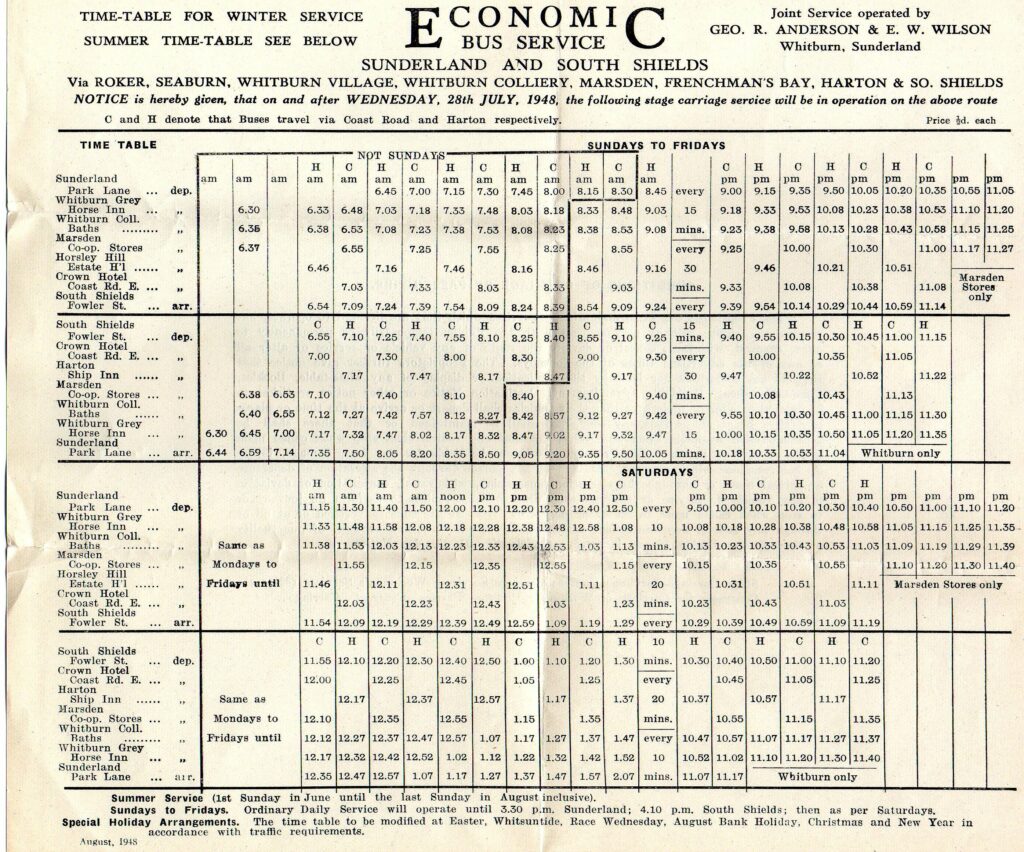
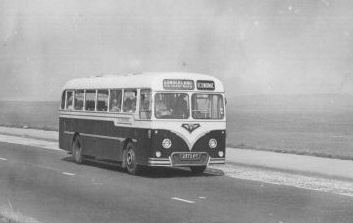
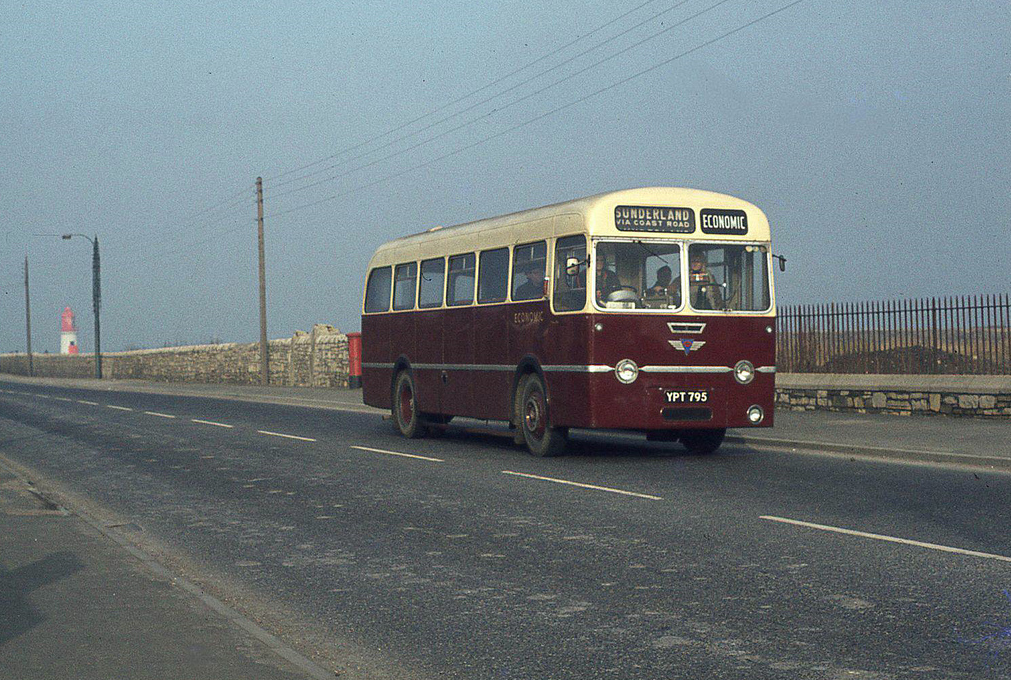
More buses continued to be added to the fleet and garages were need to house and service them. Anderson set up his garage at the Bents on the bus route roughly on the opposite side of the road to where Latimers Seafood Deli now stands. On occasions the buses would stop for a change of crew or for a quick maintenance check while on duty. Anderson’s garage remained in the same location throughout the business life of the Economic company.
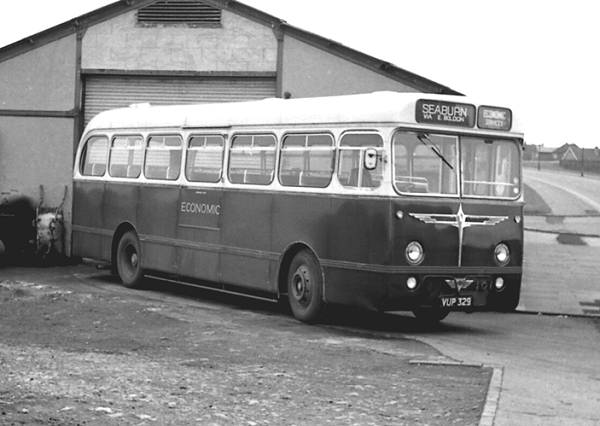
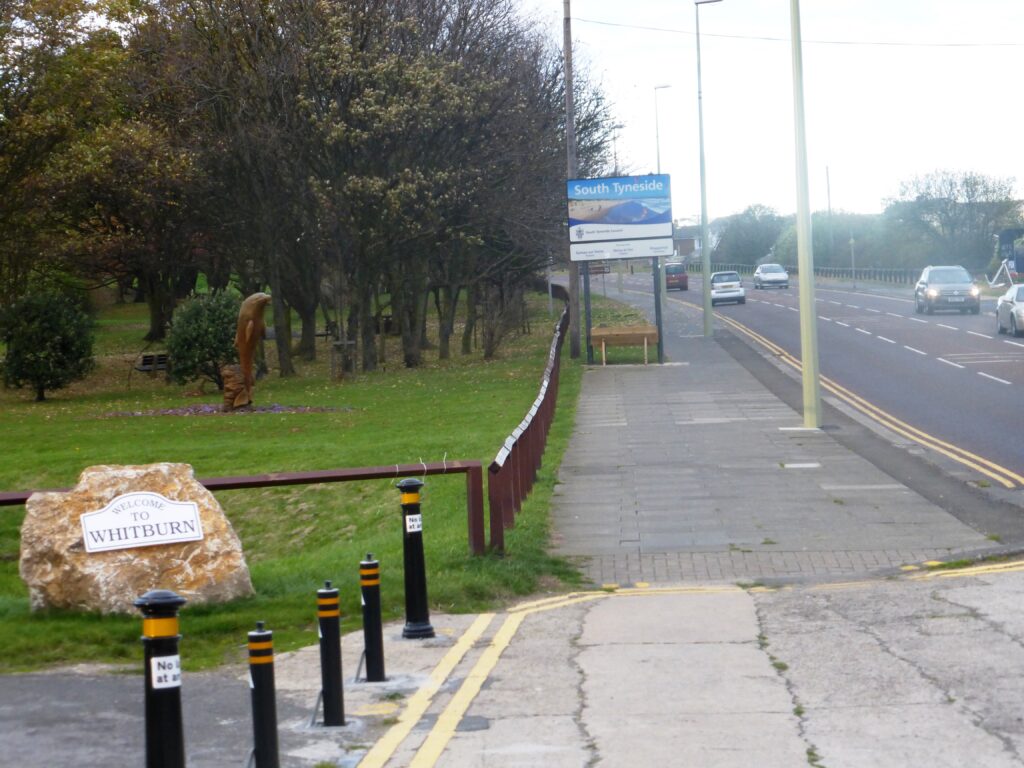
On the other hand Wilson’s garage had 3 locations. His first was at Roker near the Roker Victory Club. He then moved to a site on Southwick Road then in 1953 he moved to newly built premises next to the colliery canteen at Whitburn.
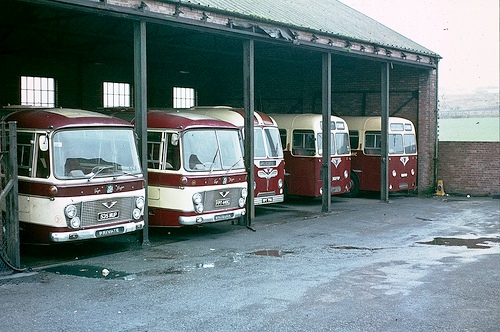
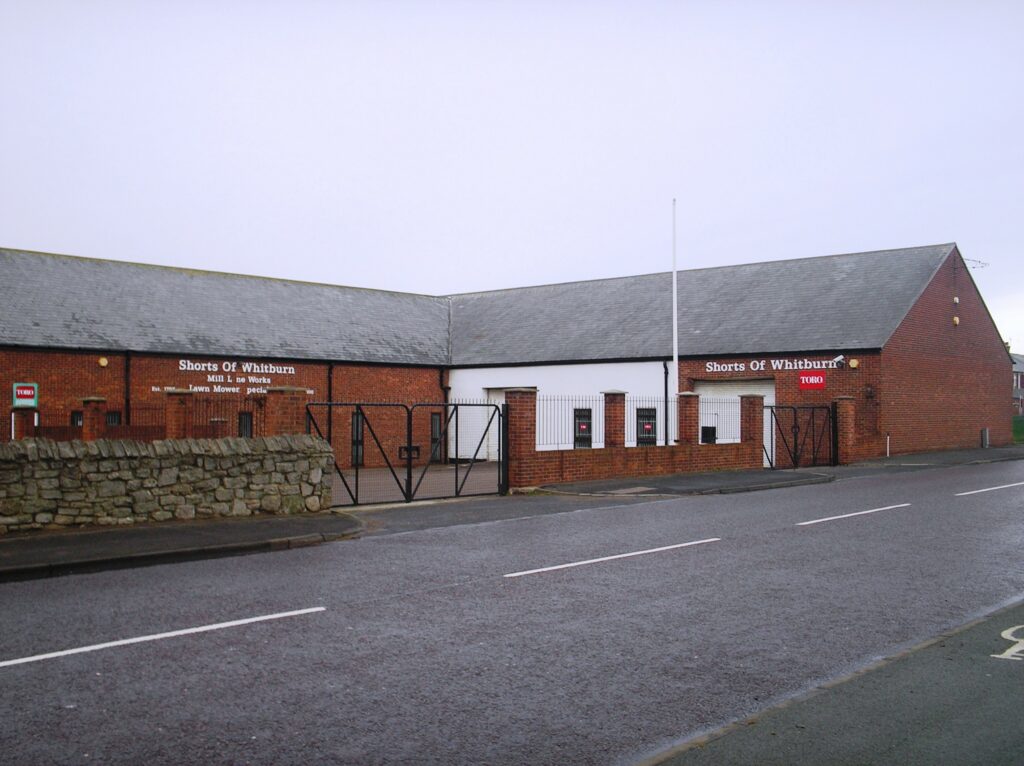
In the early 1930’s the Economic business was one of expansion. Anderson and Wilson had over 20 vehicles between them and a large established workforce to enable them to maintain a reliable service. Whitburn and Seaburn were becoming popular and were attracting a large number of day-trippers during the summer months. Realising the potential for a new source of revenue the Economic successfully applied for a licence to run a summer only service between Whitburn and Boldon Colliery a pit village about 5 miles inland. The route became very popular and in 1935 was extended to Seaburn. The service was abandoned during World War 2 but restarted again in 1947. In 1955 the frequency of the service was reduced to Wednesday, Saturday and Sunday. Finally in 1966 the service was withdrawn altogether due to falling demand from the public and the competition from the private car.
The Economic’s bread and butter came from it’s South Shields – Sunderland routes which required six vehicles on weekdays and Sunday and eight vehicles on a Saturday. The service was operated entirely by single-deckers and at peak times, sunny days or if Sunderland were playing at home many duplicate journeys were run.
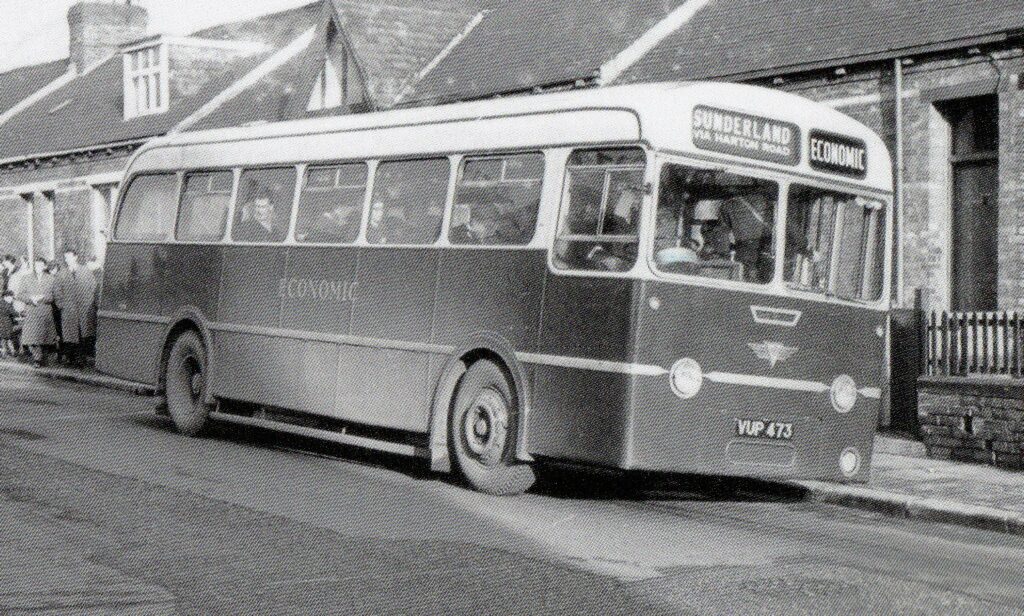
In 1974 after almost 50 years of loyal service to the area the Tyne and Wear PTE (Passenger Transport Executive) bought out the service. Most the economic staff were found similar work at the Sunderland and South Shields depots and both the Economic garages were closed down.

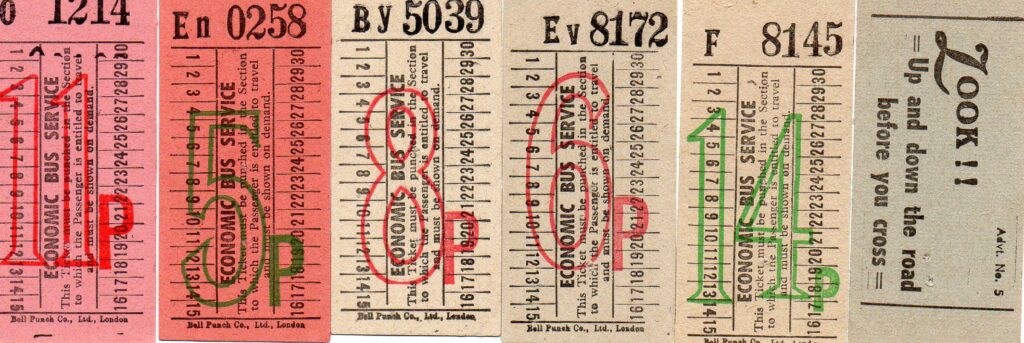
Today the only evidence that the Economic buses once operated in the area is in the Stagecoach bus numbers servicing Whitburn today. They are all prefixed with the letter E for Economic the E1, E2 and E6.
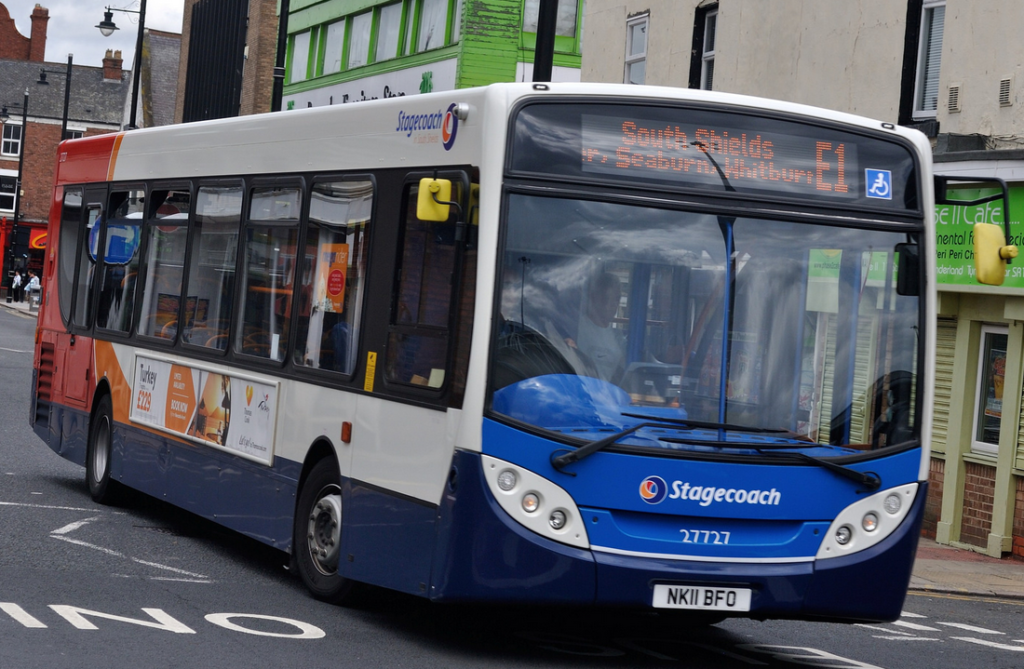
The Economic Bus Company is still well known to transport enthusiasts. Many of the old Economic buses have been restored to their former glory and can be seen at transport rallies across the country.
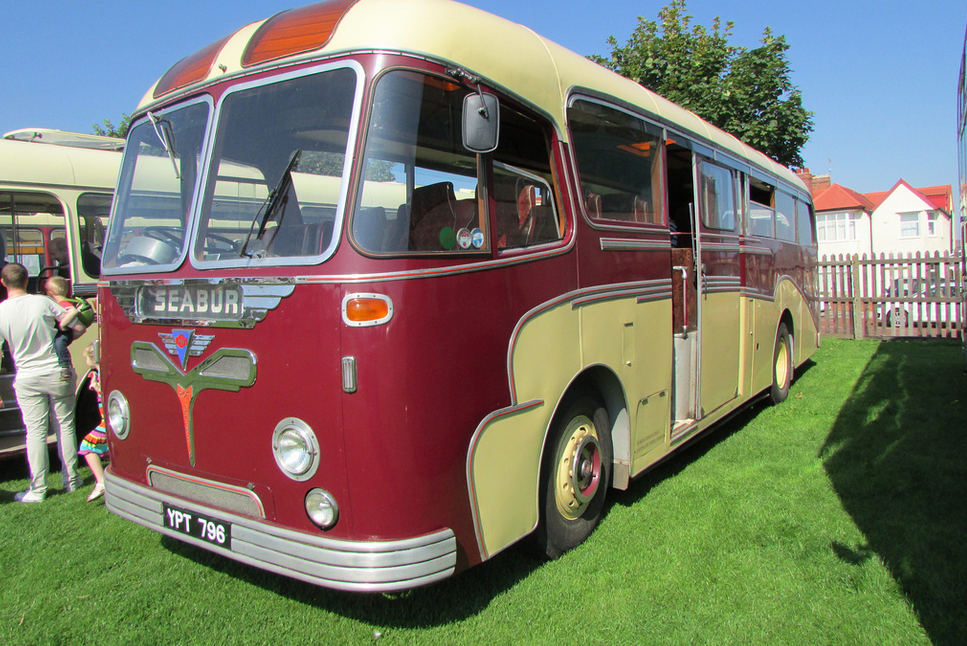
This AEC Reliance YPT 796 with Roe Dalesman coach body was added to the Economic fleet in 1958.
The following 4 photographs courtesy of Eileen Davison. Eileen’s dad James Dixon is the conductor.
B Cauwood 2014
Follow the link for further Economic photographs;
http://www.flickr.com/photos/nebp2/8514470774/in/set-72157632877373930
Sources
- Geoffrey Coxon Buses No 253 April 1976
- Shields Gazette
All copyrights acknowledged were known.
Copyright © 2013 Marsden Banner Group.
All rights reserved. Permission granted to reproduce text for educational use only (please cite source).
